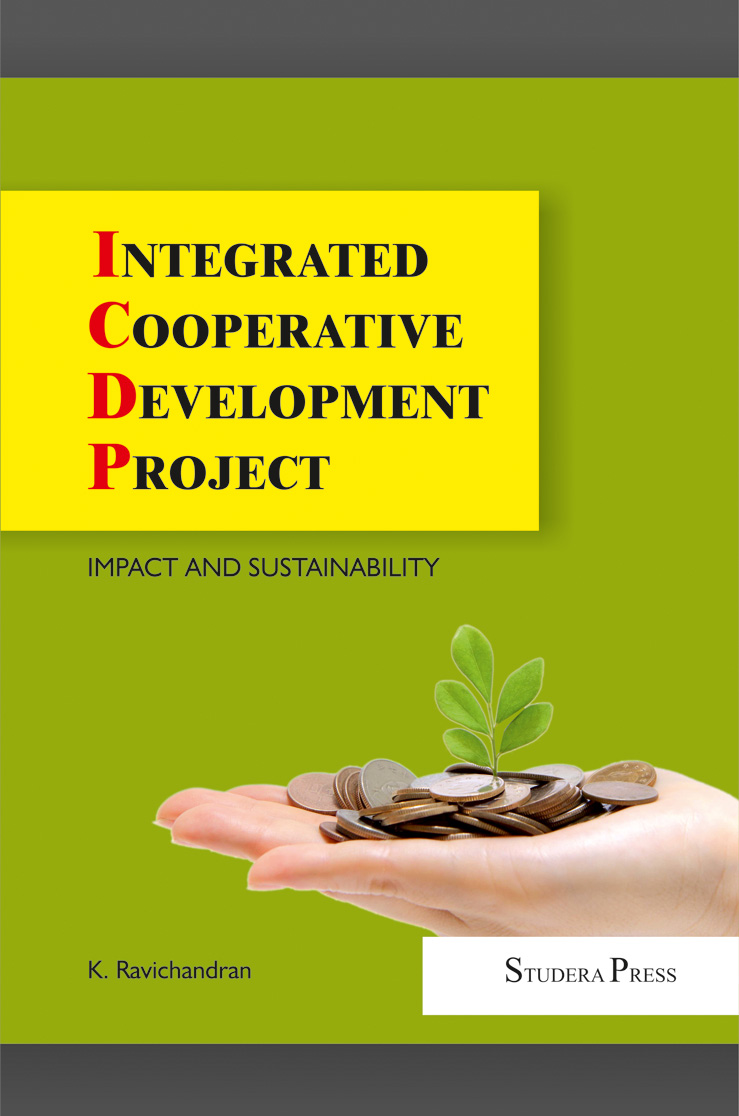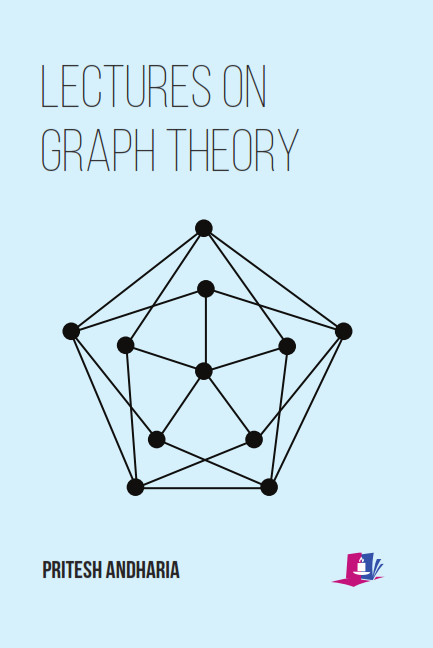
Mergers in Higher Education: Practices and Policies
Leon Cremonini, Saeed Paivandi and K.M. Joshi
The merger is broadly understood as a fusion of two or more units into one. The merger in higher education has received much attention by policy-makers as well as individual institutions in many countries as a means to bring higher education reforms. The merger of higher education institutions is a visible phenomenon in the recent past, but each merger provides a distinctive instance of major strategic change.
Price :
₹
1995.00
ISBN :
9789385883941
Published :
2019
Pages :
xviii+318
Size :
6*9
Binding :
Hardcover
Download PDF
The merger is broadly understood as a fusion of two or more units into one. The merger in higher education has received much attention by policy-makers as well as individual institutions in many countries as a means to bring higher education reforms. The merger of higher education institutions is a visible phenomenon in the recent past, but each merger provides a distinctive instance of major strategic change. Besides this, each merger also shows a distinct set of circumstances, actors, and characteristics. The aims of the mergers have been varied across the nations that include a reduction in fragmentation of institutions, economies of scale, enhanced efficiency, enhanced quality etc.
Along with disapproval, a great amount of literature surrounding the benefits of the merger has emerged over the period of time. In spite of ample literature on mergers of higher education institutions, there does not appear to be a clear set of financial, efficiency or quality parameters to assess the success. The majority of the discussions have been narratives.
In the available literature, the mergers have been classified based on their participants, stakeholders, nature, the strategy that drives them, their motivation, and/or the resultant degree of absorption.
This book discusses the merger experiences and case study of different countries in terms of policies and practices. Each country chapter in the above context narrates that in planning the mergers, what have been the philosophical, economic, political, legal and cultural implications? How the factors such as institutional history, geographical distance, provincial tradition, state regulations, the presence of collective bargaining, and pertinent financial matters shaped the process as well as the outcome of the mergers?
The idea of merger and its implementation (including process) at both government and institutional level have been discussed. The outcome assessment also forms the part of the discussion.
Leon Cremonini, Managing Director, Ethiopian Institute of Higher Education, Addis Ababa University, Addis Ababa, Ethiopia
Saeed Paivandi, Professor, University of Lorraine, Nancy, France
K.M.Joshi, Professor, Maharaja Krishnakumarsinhji Bhavnagar University, Bhavnagar, India
Related Books
Lorem ipsum dolor sit amet, consectetur adipiscing elit. Ut elit tellus, luctus nec ullamcorper mattis, pulvinar dapibus leo.




